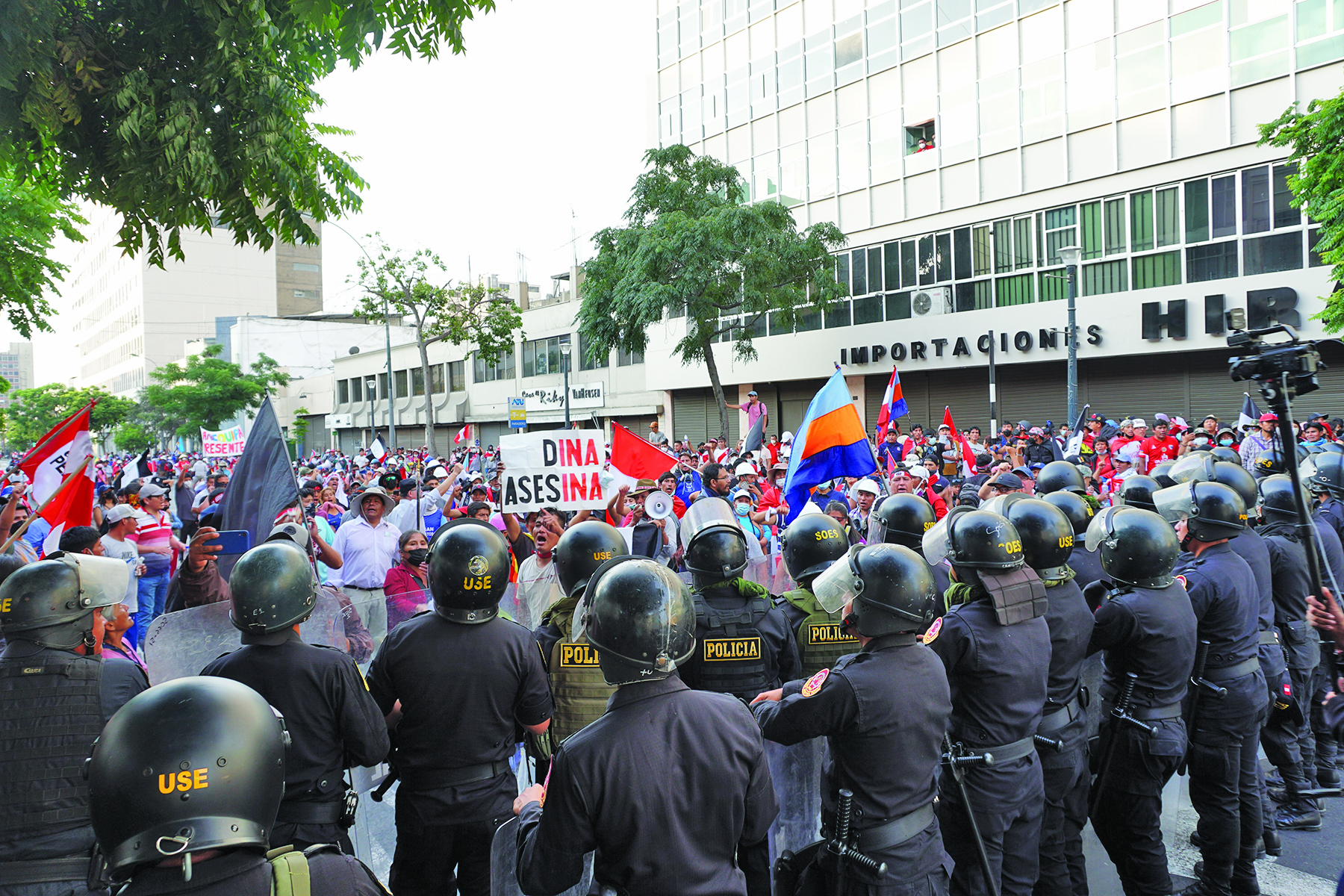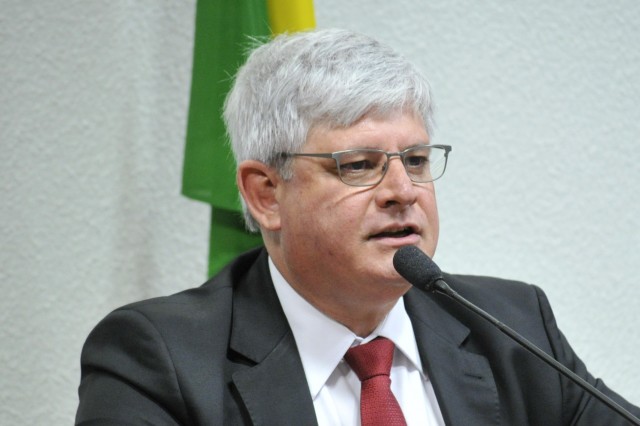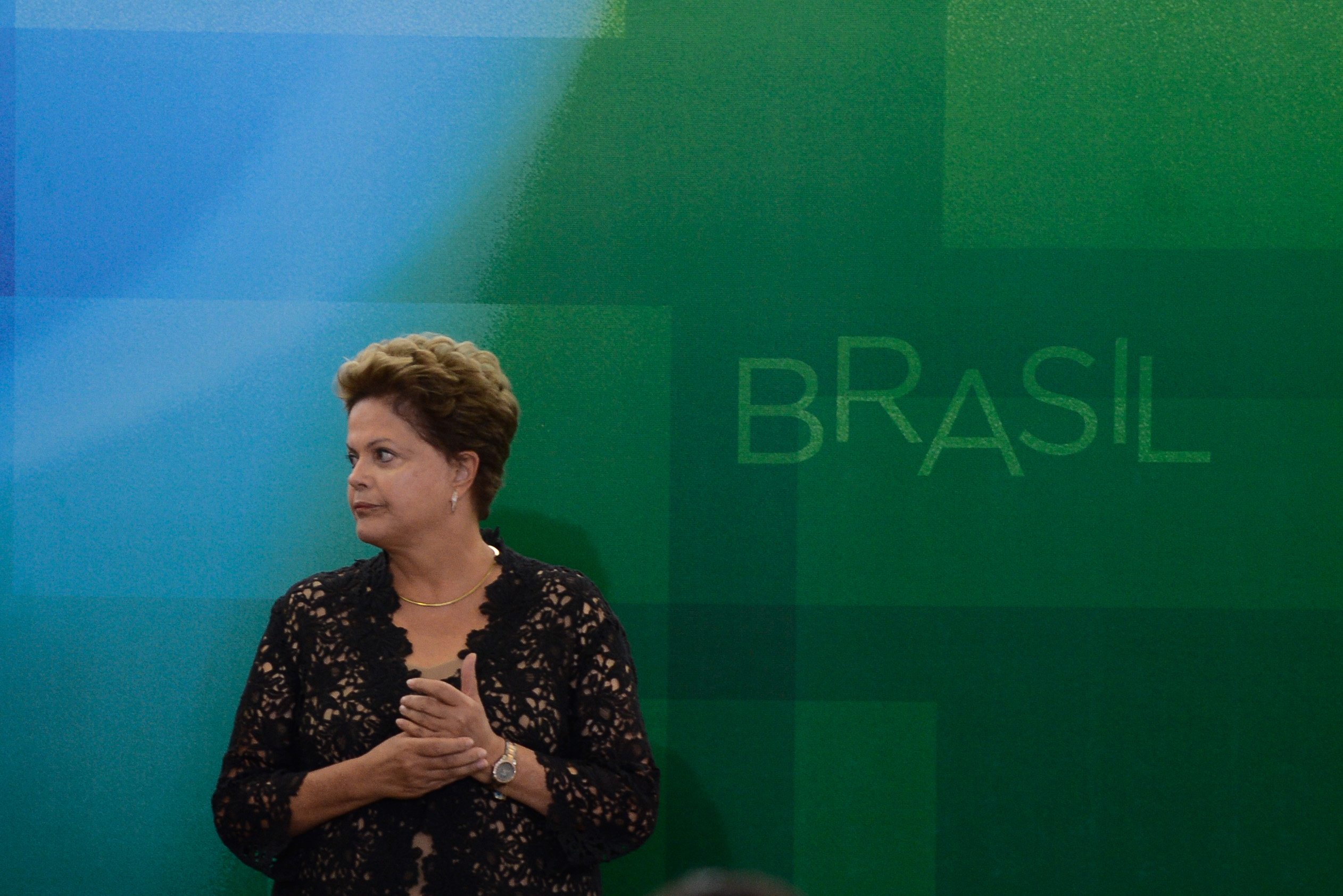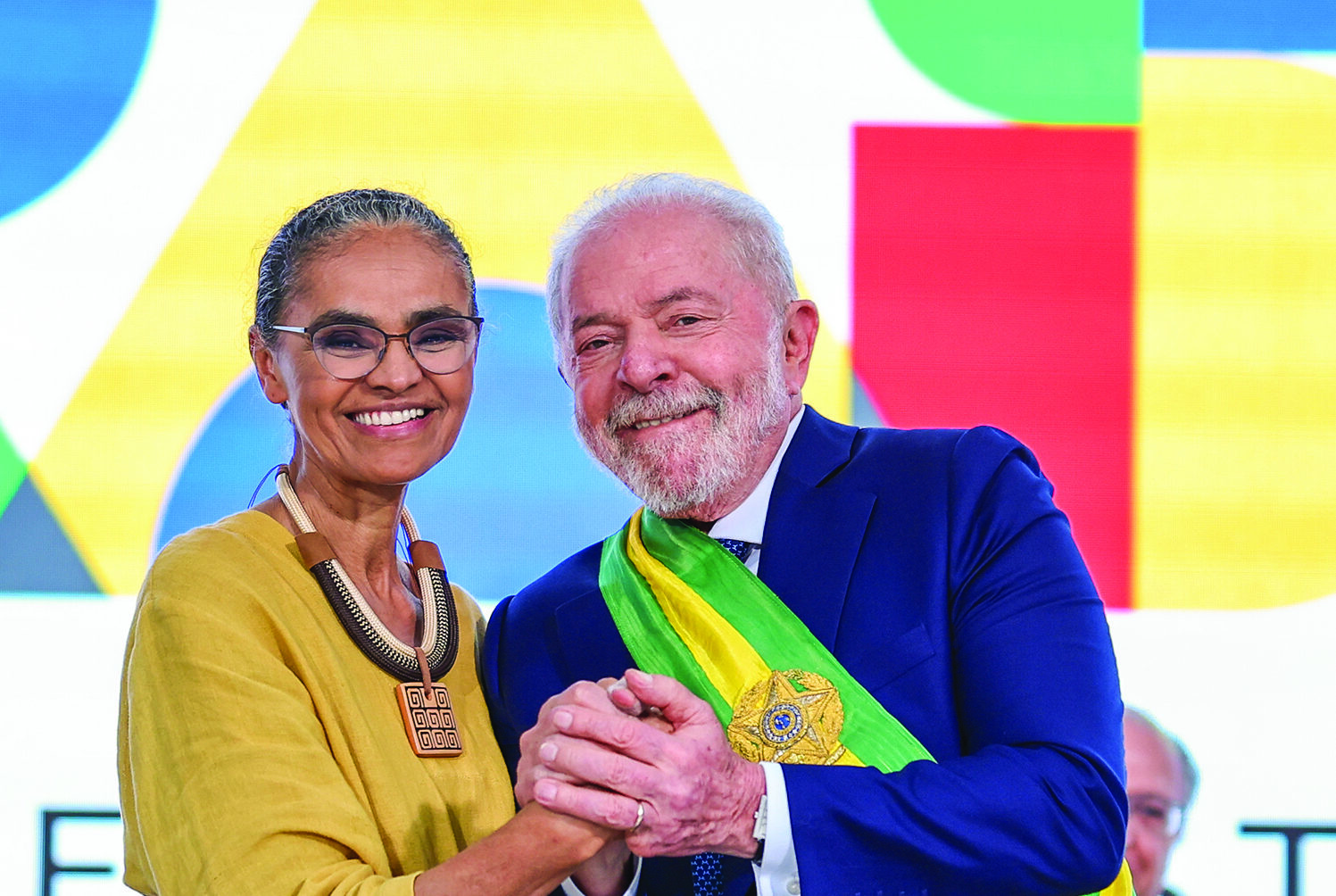
Brazil
Lula looks to Marina Silva again to stanch forest loss
February 17, 2023 By Michael Kepp
Since taking office on Jan. 1, left-leaning Brazilian President Luiz Inácio Lula da Silva has moved quickly to reverse the environmental policies of his right-wing predecessor, Jair Bolsonaro. Among his first steps was to create a 19-member inter-ministerial commission charged with drafting a nationwide plan to combat deforestation, which accelerated dramatically under the Bolsonaro administration.
The decree reflects the approach he launched in 2004 while serving the first of two presidential terms during an eight-year period that began on Jan. 1, 2003. That earlier drive, following a historic spike in deforestation, successfully cut annual Amazon deforestation by 83% from 2004 to 2012.
Like the 2004 plan, the new blueprint calls for a broad set of actions. These include stepped-up forest-protection monitoring and enforcement, restoration of degraded areas, and resolution of property disputes that have fueled land-grabbing and violence in the rainforest. The program also aims to promote sustainable woodland practices by companies, family farmers, and traditional rainforest communities.
The new initiative will be in the hands of two key leaders of the previous version. Marina Silva is once again Lula’s environment minister, and João Paulo Capobianco is once again the ministry’s executive secretary, or Marina Silva’s second in command. As executive secretary during Lula’s first term, Capobianco was a lead architect of the 2004 anti-deforestation plan.
A major difference between the new plan and the earlier one is that this year’s version calls for tailor-made anti-deforestation strategies for each of Brazil’s six main biomes. That includes not only the Brazilian Amazon, 20% of which has been deforested, but also the Cerrado, a vast, wooded savannah now being cleared, sometimes illegally, to accommodate large-scale soybean cultivation. The 2004 initiative focused exclusively on the Amazon.
Lula needs to show progress nationwide in order to meet his stated goal of “net-zero deforestation” throughout the country by 2030, a pledge that will also require massive tree-planting efforts. Experts say that if he reaches the target, Brazil could exceed the commitment it made under the 2015 Paris Climate Agreement to cut carbon emissions 37% by 2025 and 43% by 2030, compared to its emissions in 2005.
“[The] program could help Brazil surpass its Paris Climate agreement commitments because, if successful, it could result in a 50% reduction in emissions by 2030,” Carlos Nobre, an expert on climate-change and the effects of deforestation in the Amazon, told EcoAméricas. “Nearly 50% of all Brazilian emissions come from deforestation. My conversations with many Lula government ministers linked to environmental issues have convinced me this is possible because they are all pro-science and committed to a low-carbon economy.”
Eugênio Pantoja of the nonprofit Amazon Environmental Research Institute (IPAM) is optimistic for another reason. “All of Lula’s ministers with agendas connected in any way to environmental and climate issues emphasized during their swearing-in ceremonies that their ministries would incorporate environmental and climate components into their public policies,” Pantoja told EcoAméricas. “This transversal approach will help Brazil meet its Paris Climate Agreement commitments and eventually reach neutrality in carbon emissions.”
Patchwork of Criminality
One of the first enforcement actions is expected to involve the destruction of 1,200 clandestine rainforest landing strips used by arms and drug traffickers, illegal gold miners, illegal fishers, and land-grabbers. More funding and manpower will be required this time than under the US$136 million effort launched in 2004, says Adriana Ramos, public policy specialist at the Socio-Environmental Institute (ISA), a research and advocacy group. That, she says, is because now there is far more crime and coordination between criminal groups.
“To combat this overlapping criminality, the environment ministry needs not only a bigger budget and more field agents, but also needs to update how it trains them,”Ramos says.
To help ensure proper funding, Lula issued a January decree reestablishing the Amazon Fund and reinstating the governance-committee structure of the internationally supported fund, a key woodland-protection resource administered by Brazil’s National Development Bank. Payments into the Amazon Fund by its two main donors, Norway and Germany, are based on Brazil’s verified progress in reducing its Amazon deforestation. In August 2019, Norway and Germany halted their contributions to the fund, whose balance had reached US$1.3 billion. They cited rampant deforestation under Bolsonaro and his administration’s unilateral abolition in April 2019 of two governance committees that Brazil, Norway and Germany had co-created and used since 2008 to oversee Amazon Fund spending. The Amazon Fund was effectively shut down. But in the wake of Lula’s Jan. 1 decree, disbursement of hitherto frozen donations are resuming.
Collective Climate Focus
Lula’s early steps also have focused on climate action. One of the Jan. 1 decrees he signed requires that, effective Jan. 24, the Environment Ministry be renamed as the Environment and Climate Change Ministry. Marina Silva announced that the government will also create an autonomous National Climate Security Authority within her ministry that will set greenhouse-gas emission-reduction targets. Silva conditioned her support for Lula’s presidential candidacy on the creation of this body, which she says will work in conjunction with a yet-to-be-formed multi-stakeholder Climate Change Council, headed by Lula, to develop climate policy across multiple ministries.
Other decrees Lula signed on Jan. 1 include measures to overturn a Bolsonaro-era policy that effectively created an environmental fine-collection bottleneck; nullify a Bolsonaro administration reconfiguration of the National Environment Council (Conama) that gave federal government and business representatives a working majority on the multi-stakeholder policy making body, diluting the clout of civil society members; and revoke two Bolsonaro decrees that would effectively legalize wildcat mining, including on rivers in Indigenous lands.
In its Jan. 1 announcements and subsequent statements, the Lula administration appears to be broadcasting a determination to restore and improve environmental enforcement while nudging the country toward an economic model that reinforces natural resource protection rather than undermining it.
Representing Brazil at the Jan. 16-20 World Economic Forum in Davos, Switzerland, Marina Silva said on a newscast that she and Finance Minister Fernando Haddad were there “to show investors that Brazil can develop a low-carbon economy, [and] can be an agricultural and environmental power at the same time.”
This story was republished with permission from EcoAméricas. To read it click here.
< Previous Article
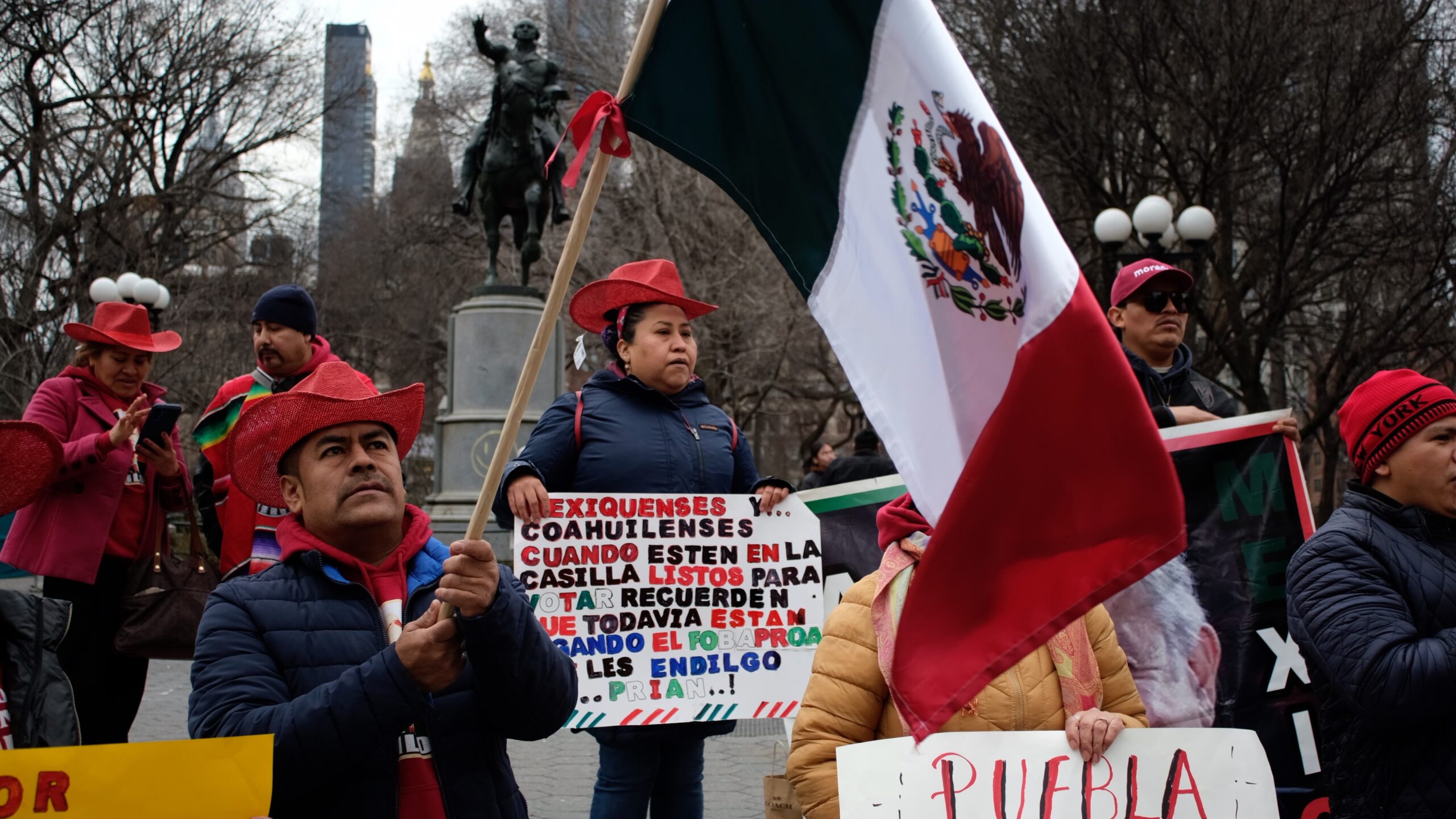
February 14, 2023 > Alfredo Eladio Moreno
Demonstrators Show AMLO Valentine’s Day Love
Next Article >
